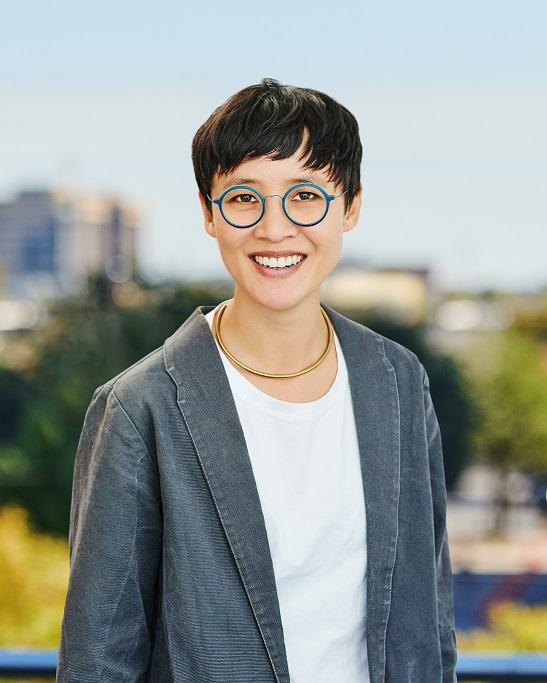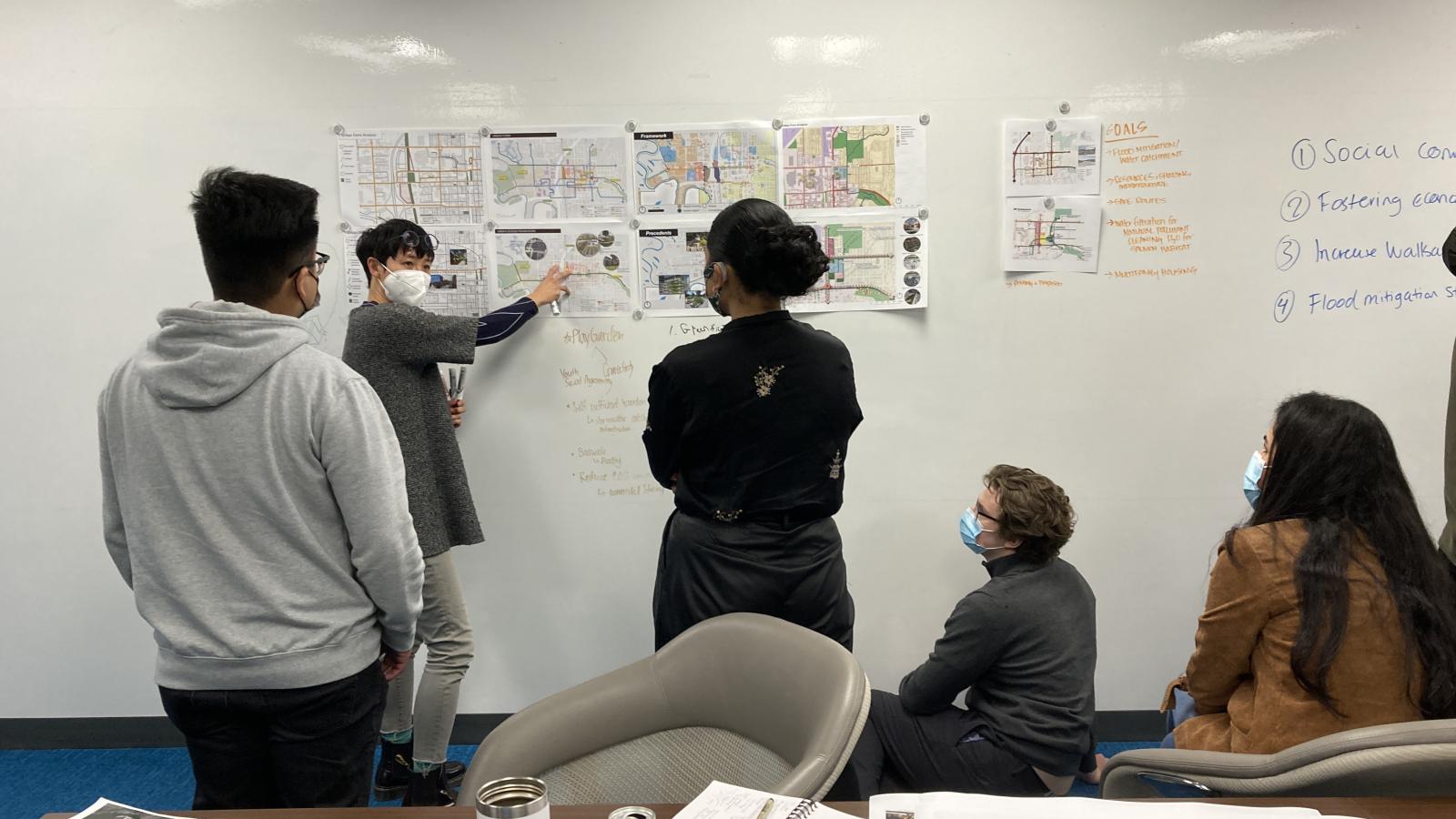Alum Profile: Tatum Lau

Why do public spaces and civic life matter? Why should we care?
Over the last decade, we’ve experienced increased polarization and social division, and while the world would not be an interesting place without diverse perspectives, the COVID-19 pandemic demonstrated the weaknesses in our collective ability to address a large-scale crisis.
While it would be naïve to think that public space alone will address these challenges, safe streets, parks, and open spaces that are accessible and welcoming to people across all segments of society are the antithesis to online echo chambers which can fuel division. These spaces have the potential to provide people with opportunities for connection to nature and each other. This is particularly beneficial for people living in apartments and a key strategy for our discipline, if we’re aiming to move toward smaller, less resource- and energy-intensive living spaces. It’s also important to distinguish public spaces—intentionally designed to be coupled with affordable and sustainable housing—from those in an affluent neighborhood or a corporate campus that may not be inclusive to everyone.
How did your education at the School of Architecture influence your professional life?
I came into the dual degree in community and regional planning (MSCRP) and urban design (MSUD) with a background in architecture and several years of practice behind me. The dual degree gave me access to a broad yet complimentary range of perspectives and professors dealing with issues I cared about. The Urban Design Program expanded on my experience, incorporating landscape architecture and also giving me the flexibility (the program allowed many electives) to deepen my knowledge on specialized topics within the School of Architecture and in other departments and schools. The Community and Regional Planning Program gave me robust methodologies and evidence-based approaches to address both policy and design. The dual degree also gave me the necessary time to ruminate on how it all fits together and, combined with the generosity of professors willing to discuss these curiosities, created a foundation from which I draw upon in practice daily.
Can you describe a pivotal moment in your career or educational experience that transformed the way you view your work?
Growing up in South Africa, I chose to study architecture because I was curious about the possibilities for housing and infrastructure to improve life outcomes for people living in extreme poverty. With hindsight, it’s clear to me that social justice was the thread that tied my professional and educational pursuits in affordable housing, regional planning, climate resilience, and urban design together. However, throughout my career, I’ve felt like I’ve had so many interests and uncertainty about what my specialization is. In 2021, AECOM began heavily investing in its global Environmental, Social and Governance (ESG) strategy, which is a commitment to embedding these values in everything the company does. A principal asked if I would consider taking on a regional role in Social Outcomes/Social Value (the S in ESG) and the light bulb came on. Although this is an evolving role and space, I relish the time I can spend strategizing ways for interdisciplinary teams to embed equity in processes that inform our projects.
What are the most pressing issues that your field must focus on in the future?
One barely has to keep up with the news to know that as a society, we face a myriad of social, environmental, and economic challenges that climate change only exacerbates. Many of us in this field (and others) acknowledge that the disparities and inequities we are working so hard to address are a direct result of systemic and institutional racism and discrimination. As planners, designers, and academics, we operate within the very institutions that helped create those inequities. And in many cases, we’re still using historical procedures and frameworks to make decisions about funding, designing, and building tomorrow’s infrastructure. Audre Lorde rightly asks whether the master’s tools can be used to dismantle the master’s house. The challenge for us, then, is to simultaneously and critically question the validity of our “best practices,” precedents, and tried-and-trusted approaches—while urgently transitioning to a low-carbon economy that leaves no one behind.
How can students prepare for this future?
Start today! Question your (and your professors’ or employers’) assumptions; ask community members what they think. Seek conversations outside of your discipline and network.
Our educational institutions, our curriculums, the “seminal works” we rely on—all could have blind spots and its everyone’s responsibility to contextualize historical information in order to leverage what’s useful today. By contextualizing, I mean asking questions such as, “What biases, power, privilege, or agenda could the author or sponsoring institution have had when the text/report/guidance was written?” Followed by, “How are we using these findings to inform our decisions?” and “How will our organization/company adapt to incorporate these lessons in the future?” I acknowledge that this process takes time and doesn’t always lead to complete answers, but can we as practitioners and future practitioners invite contradiction, conflict, and imperfect answers into the research and design process?
While I think our discipline is well positioned to facilitate city- and community-building efforts in preparation for climate change, community-based organizations, nonprofits, public health professionals, and engineers are working toward similar goals. If these folks don’t see things the same way that we do, what can we learn from each other?
What impact do you hope to make in your future career trajectory?
I hope to bring people together to co-create and adapt places, infrastructure, and regions that are healthy, resilient, and welcoming. This requires systemic change starting from the micro (e.g., the way we treat each other in our places of work and play) all the way to the macro (e.g., how governments make decisions about who benefits from new infrastructure investments). Using this perspective, I remind myself that every interaction or conversation with a coworker, client, neighbor, or impressionable student is an opportunity to model the values to move the needle toward this vision.
Tatum Lau, AICP, ENV SP
Senior Associate / Social Value Lead US West, AECOM
MSCRP/MUD ’17
Above: Photo by Jason Kindig Photography.


